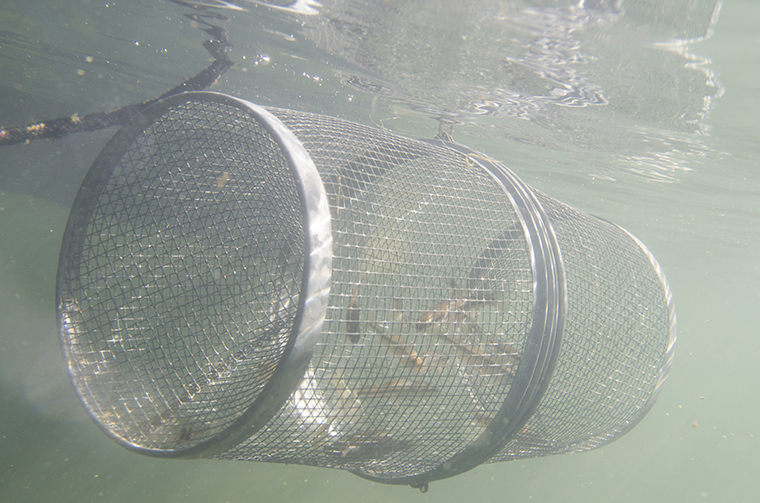
Anglers will not be able to move live bait outside the zone of their primary residence as part of a new bait management strategy proposed earlier this week by the Ministry of Natural Resources and Forestry (MNRF).
They will be able to harvest and transport live bait in their own zone without additional documentation, but when fishing elsewhere, would have to purchase bait in the zone they are fishing in as part of Ontario’s draft Sustainable Bait Management Strategy released Monday, Sept. 30.
When outside their home zone, anglers must keep a receipt on hand to show proof of purchase location. It will remain valid for two weeks, the ministry stated.
Public comment sought
The proposal, which aims to reduce the threat of invasive species and fish diseases, is available on the Environmental Registry of Ontario (ERO) for public feedback until Nov. 14.
Bait use can spread fish-based diseases such as viral hemorrhagic septicemia (VHS) and invasive species like round goby.
Bait movement would be limited to four bait management zones — two in the north and two in the south — as part of the strategy. It will also reduce the list of eligible baitfish species to only those 34 species that anglers and commercial operators typically use and sell, the ministry stated.
The proposal would also prohibit use and storage of live bait in native brook trout lakes, but will not change how live bait is used in provincial parks.
Changes will also be made to commercial bait licences, such as to provide longer licence terms and work with the industry to develop a compliance framework, the ministry stated.
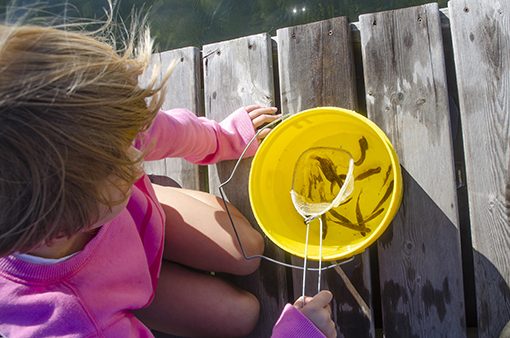
Review process led to draft
A review process led to a draft proposal, the “Strategic Policy for Bait Management in Ontario,” posted on the ERO for comment in 2017 before further consultation this year and last. The feedback and concerns voiced are addressed in the new proposal, the ministry stated.
“We heard directly from bait operators and anglers at listening sessions held across the province,” MNRF Parliamentary Assistant Mike Harris stated. “The draft strategy addresses the movement of bait, which is a key factor in minimizing ecological risk, while providing flexibility to industry and anglers.”
“Our government is committed to protecting Ontario’s vibrant fisheries and the industries that rely on them by reducing the risk of spreading aquatic invasive species and fish diseases,” MNRF Minister John Yakabuski stated in a release.
“We are aiming for a policy that protects our lakes and rivers while minimizing the impact on anglers and increasing business certainty for the commercial industry that relies on bait.”
“Mixed signals” sent: OFAH
Anglers “are getting mixed signals when it comes to the priorities behind these policies,” said Ontario Federation of Anglers and Hunters (OFAH) Fisheries Biologist Adam Weir, pointing out that the same government cut funding for the OFAH-MNRF Invasive Species Awareness Program by 43%.
“The OFAH shares the province’s desire to protect our lakes and rivers from invasive species. But it is difficult for us to accept further restrictions on angler use of bait when many of the proposed approaches have little likelihood, and even less certainty in their potential to reduce the spread of invasive species and disease,” he stated.
Ontario’s bait industry is estimated to be worth $23 million per year. Its fisheries contribute more than $2.2 billion dollars to the economy and create jobs equal to 41,000-person years annually.


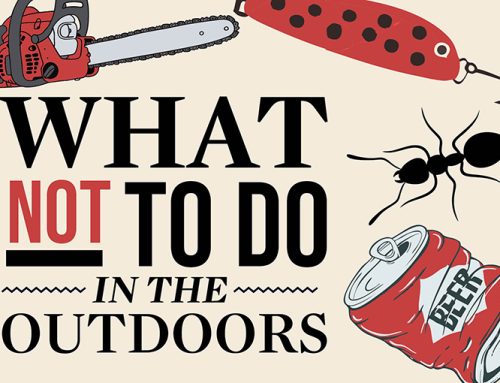
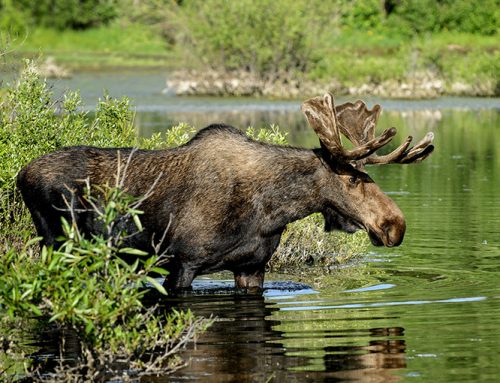
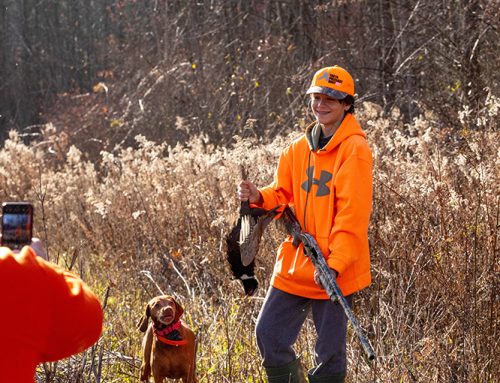
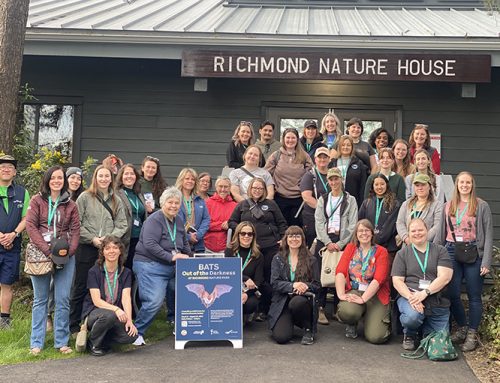
And those of us who travel to the cottage in another zone. Will we still be able to trap our own minnows in that zone?
It appears so, Tom. Here’s what the proposal says: 1) movement of both purchased and personally-harvested baitfish and leeches is limited to four bait management zones
2) anglers can personally-harvest and move their bait within the zone of their primary residence without additional documentation
3) anglers who use bait outside of the bait management zone of their primary residence would be required to purchase their bait in the zone where they are fishing. They would be required to keep a receipt on hand to show proof of purchase location. The proof of purchase would remain valid for two weeks. Anglers who fish and use bait in their home zone do not need a receipt
What if you live on the boarder of a zone? I cross over and you have to have a receipt? I don’t think this is going to work. As previously stated what if you have a cottage that is not your primary residence and is not in your zone? You can’t trap your own minnows in the lake that your cottage is on? because you are not in the zone as your primary residence?
A very interesting step in live bait control . Soon get ready, restriction in complete ban of use non biodegradable fishing plastics & rubber accessories. I caught fish with belly full of rubber or plastics.